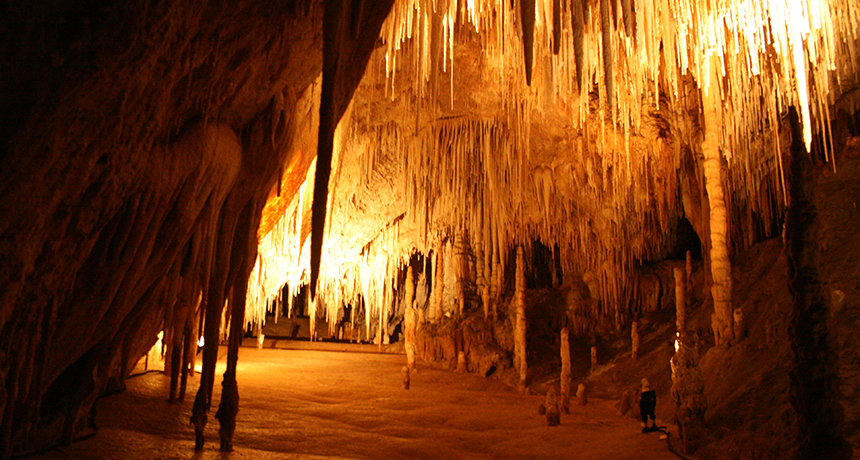Questions for ‘Cool Jobs: Bringing caves’ dark secrets to light’

Caves, such as this Australian one, can be beautiful places. For scientists, they can also be natural laboratories full of opportunities for research.
Diego Delso/Wikimedia Commons (CC-BY-SA 3.0)